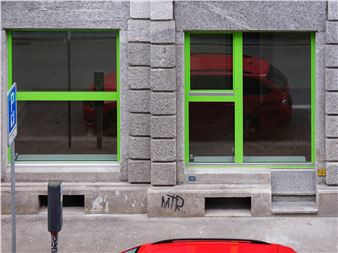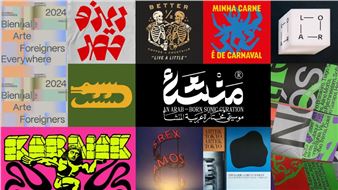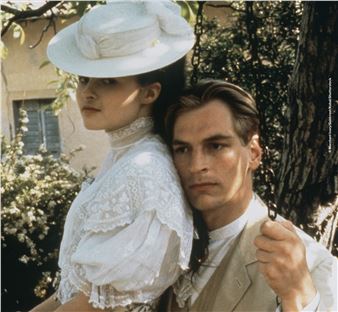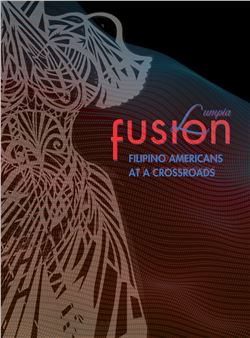Miroslav PelГЎk: Rider of the Apocalypse
Simchowitz is pleased to present Rider of the Apocalypse, Miroslav PelГЎkвҖҷs first solo exhibition in the galleryвҖҷs DTLA location. As with much of PelГЎkвҖҷs work, the paintings featured in Rider of the Apocalypse offer social commentary, and at times mock, the current political realities and вҖңnormsвҖқ of Central Europe. The titular вҖңridersвҖқ are a reference to the New TestamentвҖҷs four horsemen of the apocalypse вҖ“representing conquest, war, famine, and death вҖ“ approximate the artistвҖҷs view on the current state of politics.
PelГЎkвҖҷs work is stylistically and conceptually a postmodern hybrid, often touching on the topics of brutality, relativism, and irony. The figures in the artistвҖҷs paintings are depicted through a multitude of viewpoints simultaneously, resembling cubist style. The artist cites the oversized, disproportionate silhouettes as a reference to the communist era, where posters enforced a social contract, denying the majority of citizens a chance for rational thoughtвҖ“something he believes continues through other modalities today. Through his work, PelГЎk aims to shed light on and disrupt the destructive values of the status quo, from politicians and their unfulfilled obligations to civilians and their thirst for luxury goods.
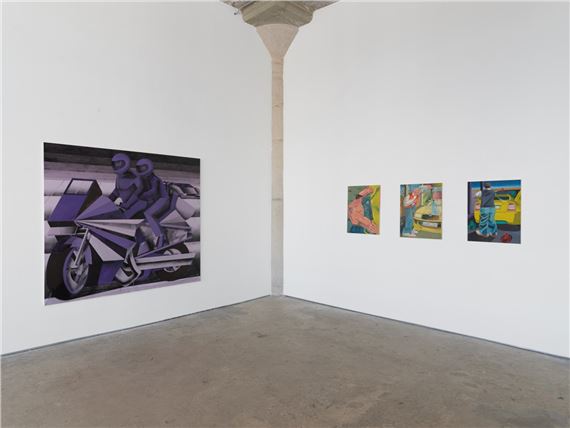
Recommended for you
Simchowitz is pleased to present Rider of the Apocalypse, Miroslav PelГЎkвҖҷs first solo exhibition in the galleryвҖҷs DTLA location. As with much of PelГЎkвҖҷs work, the paintings featured in Rider of the Apocalypse offer social commentary, and at times mock, the current political realities and вҖңnormsвҖқ of Central Europe. The titular вҖңridersвҖқ are a reference to the New TestamentвҖҷs four horsemen of the apocalypse вҖ“representing conquest, war, famine, and death вҖ“ approximate the artistвҖҷs view on the current state of politics.
PelГЎkвҖҷs work is stylistically and conceptually a postmodern hybrid, often touching on the topics of brutality, relativism, and irony. The figures in the artistвҖҷs paintings are depicted through a multitude of viewpoints simultaneously, resembling cubist style. The artist cites the oversized, disproportionate silhouettes as a reference to the communist era, where posters enforced a social contract, denying the majority of citizens a chance for rational thoughtвҖ“something he believes continues through other modalities today. Through his work, PelГЎk aims to shed light on and disrupt the destructive values of the status quo, from politicians and their unfulfilled obligations to civilians and their thirst for luxury goods.

 ARTISTS
ARTISTS







